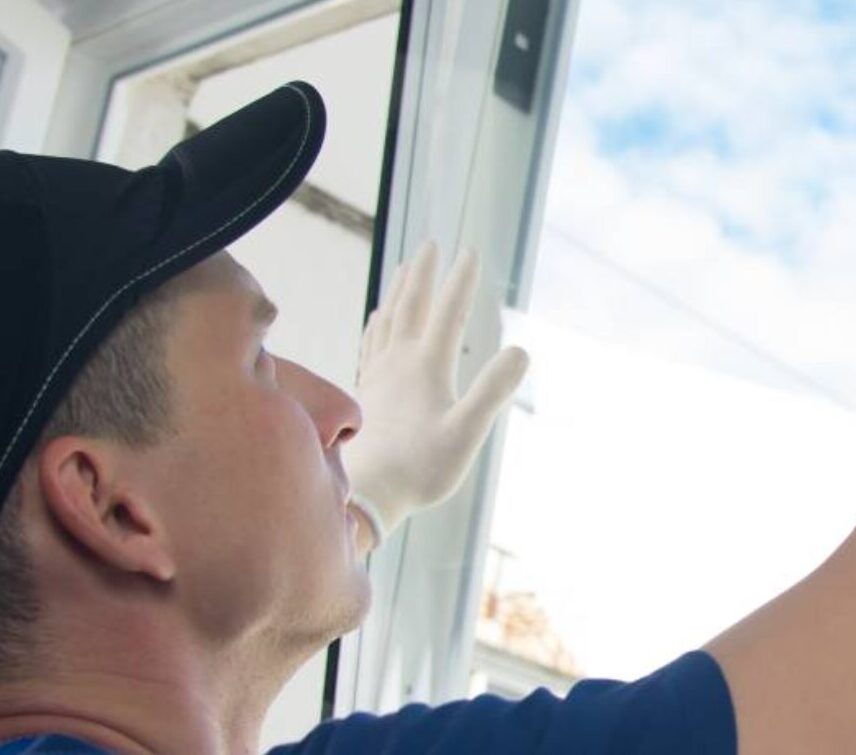Introduction:
Embarking projects can be both exciting and daunting. Whether you’re sealing gaps around windows, installing a new bathtub, or repairing a leaky roof, choosing the right sealant is crucial. In recent years, silicone sealant has emerged as a go-to solution for homeowners and DIY enthusiasts alike. Renowned for its versatility, durability, and waterproofing properties, silicone sealant offers a myriad of benefits for various applications. In this comprehensive guide, we’ll delve into the world of silicone sealant, exploring its numerous advantages and practical uses in home improvement projects.
Understanding Silicone Sealant
Silicone sealant, a versatile adhesive commonly used in construction and renovation projects, is formulated from silicone polymers. Unlike traditional sealants, silicone sealant remains flexible after curing, making it ideal for filling gaps and accommodating movement without cracking or shrinking.
Applications of Silicone Sealant
Silicone sealant finds extensive applications in various areas of home renovation and maintenance:
1. Sealing and Waterproofing
Silicone sealant effectively seals gaps and joints, preventing water infiltration and moisture damage. Whether you’re sealing around sinks, bathtubs, or exterior windows, silicone sealant provides a watertight barrier, protecting surfaces from leaks and water damage.
2. Weatherproofing Exterior Surfaces
In outdoor applications, silicone sealant serves as a reliable weatherproofing solution, sealing gaps in siding, trim, and roofing materials. Its resistance to UV rays and extreme temperatures makes it an excellent choice for maintaining the integrity of exterior surfaces.
3. Bonding and Adhesion
Silicone sealant forms strong bonds with a wide range of materials, including glass, metal, plastic, and ceramics. Whether you’re repairing a broken vase or securing a bathroom fixture, silicone sealant provides durable adhesion that withstands the test of time.
4. Expansion Joint Sealing
In construction projects, silicone sealant is commonly used to seal expansion joints in concrete, masonry, and other structural elements. Its flexibility allows for movement without compromising the integrity of the seal, reducing the risk of cracks and water penetration.
5. Mold and Mildew Resistance
Thanks to its moisture-resistant properties, silicone sealant inhibits the growth of mold and mildew, making it ideal for damp environments such as bathrooms, kitchens, and basements. Its smooth, non-porous surface prevents moisture buildup, reducing the risk of mold proliferation.
FAQs (Frequently Asked Questions)
Q: Can silicone sealant be painted over? A: Yes, silicone sealant can be painted over once it has fully cured. However, it’s essential to use a paintable silicone sealant and ensure the surface is clean and dry before painting.
Q: How long does silicone sealant take to cure? A: The curing time for silicone sealant varies depending on factors such as temperature, humidity, and thickness of the application. Typically, it takes 24 to 48 hours for silicone sealant to fully cure.
Q: Is silicone sealant suitable for use in high-temperature environments? A: Yes, silicone sealant is heat-resistant and can withstand temperatures ranging from -40°C to 204°C (-40°F to 400°F). It is commonly used in applications where exposure to heat is a concern, such as sealing around ovens, fireplaces, and HVAC systems.
Q: Can silicone sealant be used underwater? A: Yes, silicone sealant is waterproof and can be used underwater once it has fully cured. It is commonly used for sealing swimming pools, aquariums, and other water-containing structures.
Q: How long does silicone sealant last? A: Silicone sealant is known for its durability and longevity. When properly applied and maintained, it can last for up to 20 years or more, depending on environmental conditions and usage.
Q: Is silicone sealant safe to use indoors? A: Yes, silicone sealant is safe for indoor use once it has cured. It emits minimal odor during application and is non-toxic when fully cured, making it suitable for sealing gaps and joints in kitchens, bathrooms, and living spaces.
Conclusion:
In conclusion, silicone sealant emerges as a versatile and indispensable tool for homeowners embarking on renovation projects. From sealing gaps and joints to waterproofing and weatherproofing, silicone sealant offers a multitude of benefits that enhance the durability and longevity of various surfaces. By understanding its applications and advantages, homeowners can confidently tackle DIY projects and achieve professional-quality results.


Excellent write-up
without a doubt,an interesting one.エロ ラブドール
Excellent blog! Do you have any helpful hints for aspiring writers?
I’m hoping to start my own website soon but I’m a little lost on everything.
Would you recommend starting with a free platform like WordPress or go for a paid option? There are so many
choices out there that I’m totally overwhelmed .. Any tips?
Thanks a lot!
Hi
Pls connect me on +91-9871472069 , Meanwhile Pls go with word press
i will guide u ,
Thanks
SR Malik
Go For Word press , or u can contact me on +91-8800217364 , Thanks
Thanks , U can contact me on my whats app number +91-8800217364